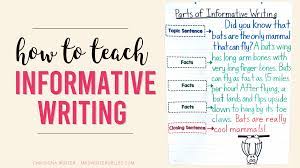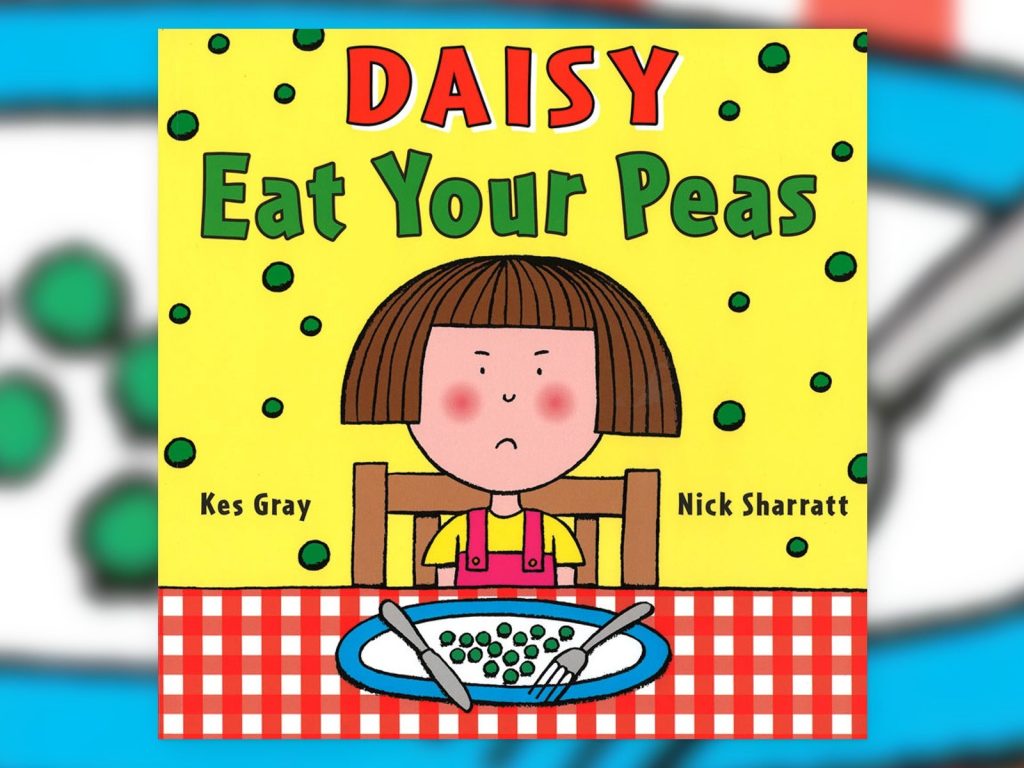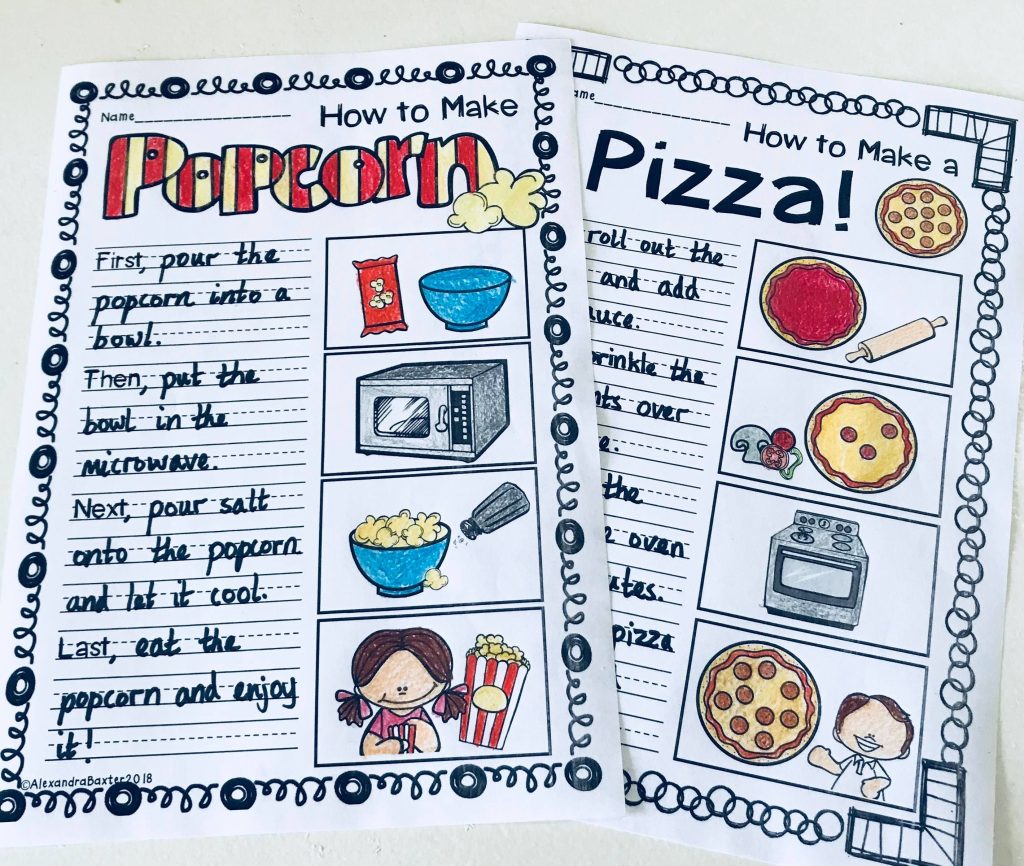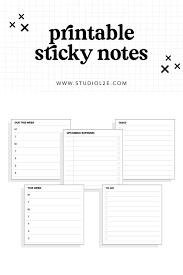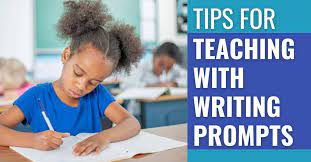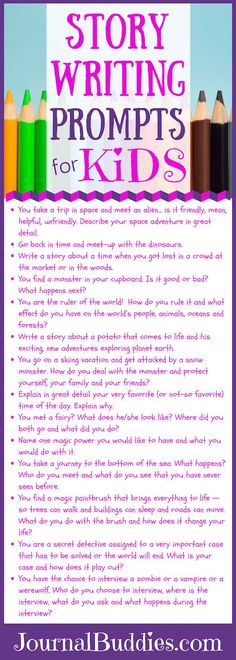The art of informative writing is a fundamental component of educational curriculum across all grade levels. It is imperative for students to learn how to convey information clearly and accurately, as these skills are critical in both academic and real-world settings. This article will provide tips for teaching informative writing and suggest strategies for unit planning to help educators mold competent writers.
Teaching Tips for Informative Writing:
1. Start with the Basics
Begin with the concept of the 5 Ws – Who, What, Where, When, and Why. Encourage students to gather comprehensive information covering these aspects before they begin writing.
2. Emphasize Clarity and Precision
Teach students to be clear and precise in their language. Encourage them to avoid ambiguity by using specific terms and definitions that can aid the reader’s understanding.
3. Show Examples
Use exemplar texts as models. Analyze well-crafted informative pieces with your class, pointing out effective techniques employed by professional writers.
4. Teach Organizational Skills
Provide lessons in structuring an informative piece, including an introduction, body paragraphs each covering one aspect or detail, and a concise conclusion.
5. Incorporate Visual Aids
Train students to enhance their writing by including charts, diagrams, and photographs to complement their text and support their explanations or descriptions.
6. Focus on Revision
Make the revision process an integral part of writing practice. Have peers review each other’s work for clarity, coherence, and organization.
7. Use Writing Prompts
Create activities that incorporate prompts aligned with real-world scenarios or academic content areas, which can encourage students to engage more deeply with the task of informative writing.
Unit Planning Strategies:
Week 1-2: Introduction to Informative Writing
– Activities: Understanding ‘5 Ws’, identifying features of informative texts.
– Homework: Write a short paragraph on a familiar topic incorporating the ‘5 Ws’.
Week 3-4: Developing Skills
– Activities: Lessons on clarity and precision in writing; vocabulary exercises.
– Homework: Write an informative piece describing a scientific concept or historical event using new vocabulary learned.
Week 5-6: Structure and Organization
– Activities: Organizing ideas using outlines; analyzing text structures in sample essays.
– Homework: Compose an organized outline for an informative topic selected by the student; write a draft based on the outline.
Week 7-8: Incorporating Visuals and Revision Techniques
– Activities: Lessons on selecting appropriate visuals; peer revision exercises.
– Homework: Produce a draft of an informative essay with accompanying visuals; participate in peer revision.
Week 9-10: Real-world Application
– Activities: Writing prompts related to current events or cross-curricular subjects (e.g., Science or History).
– Homework: Final project – research and write an extended informative paper on a topic approved by the teacher with multiple sources cited.
By integrating these teaching tips within a structured unit plan, educators can guide their students towards becoming more effective informative writers who are adept at explaining topics with clarity and coherence across various subjects.
10 Childrens Books Teaching Persuasive Writing
As parents, educators, and mentors, it’s essential to introduce children to the power of persuasive writing early on. Persuasive writing skills can empower children to articulate their thoughts, influence others with their words, and navigate the world with confidence. Picture books are an excellent way for young readers to discover these skills woven into enchanting stories. Here are ten children’s books that do a remarkable job of teaching persuasive writing:
1. “I Wanna Iguana” by Karen Kaufman Orloff – This delightful book showcases a young boy’s letters to his mother, trying to convince her to let him adopt a pet iguana. It beautifully portrays the art of persuasion through a child’s earnest bargaining.
2. “Don’t Let the Pigeon Drive the Bus!” by Mo Willems – The pigeon in this story will stop at nothing to get what he wants, using a variety of convincing arguments that showcase persuasive tactics.
3. “Earrings!” by Judith Viorst – In this story, a little girl uses every trick in the persuasive book to convince her parents that she should be allowed to have her ears pierced.
4. “Click, Clack, Moo- Cows That Type” by Doreen Cronin – A humorous tale about cows negotiating for better living conditions, demonstrating the effectiveness of clear communication and persistence.
5. “A Fine, Fine School” by Sharon Creech – Through this story about children who learn to voice their concerns about spending too much time at school, readers learn about persuasive arguments against excess.
6. “Can I Be Your Dog?” by Troy Cummings – A heartwarming story of a dog writing letters to various people in his search for a home; it showcases how emotion can play into persuasive writing.
7. “LaRue for Mayor- Letters from the Campaign Trail” by Mark Teague – Ike LaRue’s clever letters during his mayoral campaign illustrate humor and charm in getting points across persuasively.
8. “My Brother Dan’s Delicious” by Steven L. Layne – A fantastic example of how storytelling can persuade others as a brother tries to save his younger sibling from imaginary monsters.
9. “The Day the Crayons Quit” by Drew Daywalt – Told through a series of letters written by crayons explaining why they’ve decided to quit coloring, this book introduces negotiation and perspective-taking.
10. “Hey, Little Ant” by Phillip and Hannah Hoose – A dialogic story where a boy talks with an ant about the reasons why he shouldn’t step on it, engaging readers with moral reasoning and persuasion techniques.
These books not only entertain young minds but also teach them how persuasion can be used responsibly and effectively — both in writing and in life. Reading these books with children is not only fun but also an investment in developing their communication tools for the future.
30 Resources and Tips to Help Your Students Love Editing
Editing can often be the less glamorous side of writing for students, confronting them with the need to critically assess and often significantly change their own work. Yet editing is where good writing often becomes great. Here are 30 resources and tips to help your students not just tolerate editing, but love it:
Resources:
1. Grammarly: This digital writing assistant helps with grammar and spelling checks.
2. Hemingway Editor: A tool that highlights lengthy, complex sentences and common errors.
3. ProWritingAid: Comprehensive manuscript editing software for older students.
4. Thesaurus.com: Expands vocabulary and finds synonyms for overused words.
5. Google Docs Suggesting Mode: Allows students to make edit suggestions without changing the original text.
6. Purdue Owl (Online Writing Lab): Offers extensive resources on grammar, style, and formatting.
7. Quill.org: Provides interactive writing and grammar activities.
8. ReadWriteThink’s Editing Checklist: Gives students a structured way to review their work.
9. NoRedInk: Engages students in grammar practice tailored to their interests.
10. Khan Academy’s Grammar Course: Provides easy-to-follow lessons on English grammar.
Tips:
11. Peer Review Sessions: Have students swap papers to gain new perspectives on their writing.
12. Self-Editing Training: Teach students to set aside their writing before reviewing it with fresh eyes.
13. Set Specific Goals: Focus on one aspect of editing per session, like verb tense consistency or proper punctuation.
14. Use Models: Show exemplary edited work as a target to aim for.
15. Editing Workshops: Periodically hold group sessions focusing on common mistakes.
16. Create a Safe Space: Foster an environment where constructive criticism is encouraged and accepted.
17. Incorporate Technology: Use apps and tools during editing exercises in class to make them engaging.
18. Mini-Lessons on Common Errors: Tailor lessons around frequently made mistakes by your students.
19. Gamify Editing: Turn editing into a game with rewards for finding and fixing errors.
20. Color-Coding Revisions: Encourage students to use different colors when making specific types of corrections.
More Tips:
21. Apply incremental learning: Break down editing steps so they are more approachable.
22. Encourage reading aloud: The ear might catch what the eye has missed in terms of flow and grammatical errors.
23. Offer positive reinforcement for well-edited passages, not just content creation.
24. Maintain a resource area (online or in-class) where students can access editing tools on their own time.
25. Provide checklists or rubrics tailored to each assignment’s goals that guide student editing processes.
26. Introduce professional editing marks so students learn industry standards while revising their work.
27. Schedule regular one-on-one conferences to go over edits in detail and provide personalized guidance.
28. Use analogies or metaphors that relate the concept of editing to activities your students enjoy or understand well.
29. Incorporate revision into the grading process, so there’s tangible value for the effort they put into editing.
30. Share progress over time through portfolio assessments, helping students see how their editing skills improve their overall writing.
By utilizing these resources and following these tips, teachers can make the process of editing not only more enjoyable but also an integral part of learning how to write effectively—a skill that will benefit students far beyond the classroom walls.
7 Ways to Inspire Reluctant Boys to Write
As educators and parents, we often come across children, especially boys, who might be reluctant to write. Writing is a critical skill that not only contributes to academic success but also enables individuals to express themselves. Here are seven ways that can help inspire boys who are hesitant to pick up a pen or type on a keyboard.
1. Incorporate Their Interests
Begin by finding topics that interest them. If they love superheroes, encourage them to create their own comic book. If they enjoy sports, suggest writing a sports commentary or the rules for a game they’ve invented.
2. Use Technology
Take advantage of the digital world. Introduce them to word processing software that includes fun fonts and colors or apps that allow them to create stories with pictures and animations.
3. Physical Activity Before Writing
Encourage physical activity before sitting down to write. Boys often have a lot of energy, and participating in an active game or a bit of exercise can help them focus when it’s time to write.
4. Writing Doesn’t Have to be Formal
Let them know that not all writing needs to be formal. They can start with journals, doodles, graffiti art with word bubbles, or even writing captions for photos.
5. Read Interesting Stories Together
Expose them to exciting stories and then have discussions about them. This can spark ideas and make them want to create their own stories.
6. Collaborative Writing Projects
Get them involved in group writing projects where they can write with their peers. This takes the pressure off as they see others struggling and succeeding at the task.
7. Positive Reinforcement
Always provide positive feedback on their efforts regardless of the output’s perfection level. Celebrate all writing achievements, no matter how small they may seem.
Implementing these strategies may not only encourage reluctant writers but also turn writing into an enjoyable activity rather than a chore.
Early Years Procedure Writing Activities
Writing may not be every young child’s favorite activity, but when it comes to understanding the world around them, being able to describe how things are done – in other words, procedure writing – is incredibly important. Procedure writing activities for early years can be both educational and entertaining. With a little creativity, educators can transform the task of writing instructions into an engaging learning experience.
Procedure writing refers to creating a sequence of actions or steps necessary to accomplish a specific task. For young children, this can involve simple processes they are already familiar with in their daily lives, such as brushing their teeth or making a sandwich.
One of the most effective ways to teach early learners about procedure writing is through hands-on activities where they first perform a task and then write down the steps that were involved. This helps them understand the importance of clear and concise language, as well as the logical order of instructions.
A popular activity that incorporates procedure writing is cooking. Baking cookies or making fruit salad with the children provides a multi-sensory experience that they’re sure to enjoy. After completing the activity, children can write down each step of the recipe. This kind of task allows them to connect the physical actions they’ve taken with the written word.
Another great activity is to have children work on “how-to” manuals for their favorite games or toys. They can draw pictures and write simple sentences detailing each step required to play a game or assemble a toy. This encourages not only writing skills but also critical thinking and communication.
Gardening projects also provide fertile ground for procedural thinking. Children can document each step of planting a seed – from gathering soil and choosing a pot to watering their newly planted seeds. A nature walk similarly offers opportunities for creating procedures, such as collecting leaves or identifying types of birds.
To further engage your little learners, turn procedure writing into a group storytelling session where they come up with a fantastical story involving a sequence of events. Once the story is complete, help them write the steps down as if it were a guide for someone else to follow, thus practicing how to structure procedures effectively.
In conclusion, early years’ procedure writing activities offer fun and interactive methods to develop young children’s comprehension and writing abilities. By incorporating familiar tasks and imaginative play, educators can inspire children to view writing not just as an assignment but as an exciting way to express their experiences and ideas.
Sticky Note Printing Template
Printing your own sticky notes is not only a fun and creative way to add a personal touch to your reminders, but it can also be a practical solution for organizing your thoughts or customizing notes for clients and colleagues. In this article, we’ll explore sticky note printing templates and how you can use them effectively.
Why Use a Sticky Note Printing Template?
Sticky note printing templates are useful for several reasons:
– Consistency: They allow you to print multiple notes with the same design, ensuring uniformity in your work.
– Customization: Templates can be tailored to include logos, designs, or specific layouts that serve your needs.
– Efficiency: Once you have a template, you can quickly print out notes as needed without starting from scratch each time.
Creating Your Sticky Note Printing Template
Here’s a simple guide to creating a custom sticky note printing template:
1. Determine the Size: Measure the size of your sticky notes. The most common size is 3 x 3 inches.
2. Select a Design Program: Choose software like Microsoft Word, Adobe Illustrator, or Canva, which can provide easy-to-use tools for creating templates.
3. Design Your Layout: Open a new document and set up the page size to match standard printing paper (usually 8.5 x 11 inches). Insert squares that match the dimensions of your sticky notes. Ensure there’s enough space between each square to prevent printing issues.
4. Add Content: Within each square (replicating the size of a sticky note), design your content. It could be anything from your company logo to lines for writing notes, checklists, or even inspirational quotes.
5. Print a Test Page: Before inserting your blank sticky notes, print on regular paper to ensure the layout aligns properly with the sticky note areas.
6. Prepare Sticky Notes: Place sticky notes onto the printed test page following the design squares you created.
7. Print on Sticky Notes: Once everything matches up perfectly, insert the sheet with sticky notes into your printer and print!
Tips for Successful Printing
– Use Inkjet Printers: They are typically better suited for printing on non-standard surfaces like sticky note paper.
– Adjust Printer Settings: Make sure to choose the correct paper type and weight in printer settings for optimal results.
– Avoid Smearing: Allow ink to dry for a few moments after printing before using the sticky notes.
– Stick to One Side: Print on the non-sticky side of the note to avoid jamming your printer.
Ideas for Custom Sticky Notes
– Motivational quotes
– Business branding with logos and contact information
– Calendars or weekly planners
– To-do lists or checklists
– Meeting or seminar takeaways
Printing custom-made sticky notes with a template is a great way to stand out and add efficiency to your organizational habits. With endless possibilities in terms of design and use, they’re sure to make an impression whether at home, school, or in the office.
5 Ways to Spark Imagination in the Classroom Using Writing Prompts
In a world increasingly driven by critical thinking and analytical skills, sparking imagination within the classroom has become essential. One of the most effective tools to achieve this is through the use of creative writing prompts. Here are five ways to ignite a student’s creative spark using writing prompts:
1.Open-Ended Scenarios: Provide students with a scenario that is open for interpretation. For example, you might give them a prompt such as, “Describe a city where every building talks. What stories would they tell?” Such prompts allow students to create their own rules within the world they imagine and explore unlimited possibilities.
2.Visual Stimuli: Sometimes, pictures can speak louder than words. Using paintings, photographs, or drawings before asking students to write can lead to an array of interpretations and narratives. As each student sees something different in an image, this method encourages unique perspectives and creative storytelling.
3.Music as a Muse: Playing music in the classroom can stir emotions and inspire stories. Asking students to write a story that captures the mood of a piece of music or invent a character that fits within the soundtrack offers an auditory route to creativity.
4.Historical What-Ifs: Encourage students to rewrite history through creative writing by posing ‘what if’ scenarios. For example, “What if gravity didn’t exist for a day?” prompts not only historical reflection but also opens doors for inventive reasoning and fantastical causes and effects.
5.Mash-Up Madness: Invite students to draw two or more random words from a hat and construct a story that revolves around these elements. This could lead to unusual combinations like “astronaut” and “sunflower,” pushing students’ imaginations to connect disparate ideas in coherent—and often highly creative—ways.
Each of these methods provides a pathway for the imagination to thrive on individuality. Writing prompts are not just about forming narratives; they’re a platform for exploration, curiosity, and innovative thinking that can translate far beyond the written word into broader academic and life skills.
5 Easy and Engaging Activities for World Poetry Day 2018
World Poetry Day is a time to celebrate the expressive art form that resonates with so many across the globe. Poetry has the unique power to capture complex emotions and ideas in beautiful, often succinct ways. As World Poetry Day 2018 approaches, here are five easy and engaging activities that you can enjoy on this special day, whether on your own, with friends, or with students.
1.Host a Poetry Slam at Home or in the Classroom
Gather your friends or students and encourage them to prepare a poem to perform. This could be an original creation or a favorite piece by a beloved poet. The idea is to provide a platform for sharing poetry in a dynamic and supportive environment. Use a makeshift stage area and have casual judging, or just applaud the courage it takes to get up and recite!
2.Create Blackout Poetry
Blackout poetry is an artistic way to carve out new meanings from existing texts. Grab a marker and an old newspaper or book (make sure it’s one you’re allowed to deface!) and black out words until you’re left with a selection of words that create a new poem. It’s not just fun – it’s also an excellent exercise in creative constraint.
3.Visit Local Monuments Dedicated to Poets
If possible, pay homage to poets from your region by visiting statues, houses, or monuments dedicated to their memory. Many cities have landmarks dedicated to local literary figures – it’s educational and an opportunity to connect more deeply with the literary history of your area.
4.Attend a Virtual Poetry Workshop or Reading
Given that World Poetry Day 2018 happened before virtual gatherings became as common as they are now, retrospectively, you might look for recordings of poetry workshops or readings from that day. Many poets hold online sessions where they share their work and provide feedback on yours – take advantage of these opportunities.
5.Start A “Favorite Poem” Social Media Share
Social media can be an incredible tool for spreading the love of poetry. On World Poetry Day, start a thread where you share your favorite poem and ask others to share theirs too. You can tag friends to invite them into the conversation or use hashtags like WorldPoetryDay2018 retrospectively for engagement.
Remember, poetry has no rules – it is as free-form as you wish it to be! Whether you are reading quietly at home or sharing with others in public spaces or online forums, take some time on World Poetry Day 2018 (and every day) to appreciate the rhythm, rhyme, and raw emotion that poetry brings into our lives.
Teaching Narrative Writing: 14 Activities to Help Your Students Learn to Love It
Teaching narrative writing can ignite a student’s imagination and nurture a love for storytelling. It is a craft that not only improves writing skills but also enhances cognitive and emotional development. Here are 14 imaginative activities to invigorate your students’ interest and proficiency in narrative writing:
1. Story Starters: Provide intriguing first sentences or paragraphs to kick off a story and let students’ creativity flow.
2. Character Creation: Encourage students to develop detailed profiles for their characters, including backstories and personality traits.
3. Setting the Scene: Have students create vivid settings using sensory details that transport their readers into the story.
4. Show, Don’t Tell: Teach students to express emotions and actions through descriptive writing rather than direct statements.
5. Dialogue Workshops: Practice writing dialogues that reveal character and move the plot forward without overtly stating facts.
6. Plot Twisting: Offer plot points on cards, have students pick randomly, and incorporate them into their stories to create unexpected turns.
7. Perspective Shifts: Challenge students to rewrite their stories from another character’s point of view.
8. Visual Inspiration: Use photographs or artwork to prompt story ideas, focusing on creating narratives that align with the visual elements.
9. Mapping the Plot: Help students visually plan their story arcs with plot diagrams mapping out exposition, rising action, climax, falling action, and resolution.
10. Peer Review Circles: Organize peer editing sessions where students give constructive feedback about each other’s narratives.
11. Incorporating Vocabulary: Provide a list of new words each week that students must include in their writing, expanding their linguistic arsenal.
12. Tech Integration: Use digital storytelling tools like blogging or e-book creation software to engage tech-savvy writers.
13. Writing Prompts Jar: Fill a jar with random writing prompts for quick inspiration during free writing sessions.
14. Role-Playing Recesses: Have students act out scenes from their narratives, which can inform their understanding of character motivation and dialogue rhythm.
By integrating these engaging activities into your lesson plans, you’re certain to witness an increase in your students’ enthusiasm for narrative writing while honing their storytelling abilities.
Storytelling For Kids: Creative Ideas Teachers Can Use To Get Kids Writing
Inspiring children to write can sometimes be as challenging as conjuring stories from thin air. Thankfully, storytelling is a magical medium that captures imaginations and can be the perfect catalyst for encouraging young students to pick up a pencil.
One creative approach is the “Story Starter Jar.” Fill a jar with slips of paper containing words or phrases that spark ideas. Could be as simple as “dragon,” or as descriptive as “the last leaf on a maple tree.” Students draw a slip from the jar and use it as the opening line or theme of their story.
Another technique is “Picture Prompts.” Use an intriguing image and ask students to create a backstory for what they see. This can include anything from landscapes and actions to emotions depicted on faces. The key is that there’s no right or wrong narrative, unleashing creative freedom and imagination.
“Character Creation” is also an excellent tool. Allow kids to build their character from scratch or provide them with a list of traits to choose from. Once they have their character’s personality, abilities, and appearance outlined, students can feel more connected and interested in chronicling their adventures.
Lastly, “Collaborative Storytelling” fosters teamwork and idea-sharing among students. Begin a story and pass it around the classroom, with each student adding a few sentences before passing it along. This group activity not only promotes writing but also helps in teaching the value of cooperative creation.
These storytelling techniques serve dual purposes – they make writing fun for kids and teach them valuable skills such as creativity, problem-solving, and communication. With tools like these in their arsenal, teachers can transform written assignments from chores into exciting adventures that kids are eager to embark upon.
